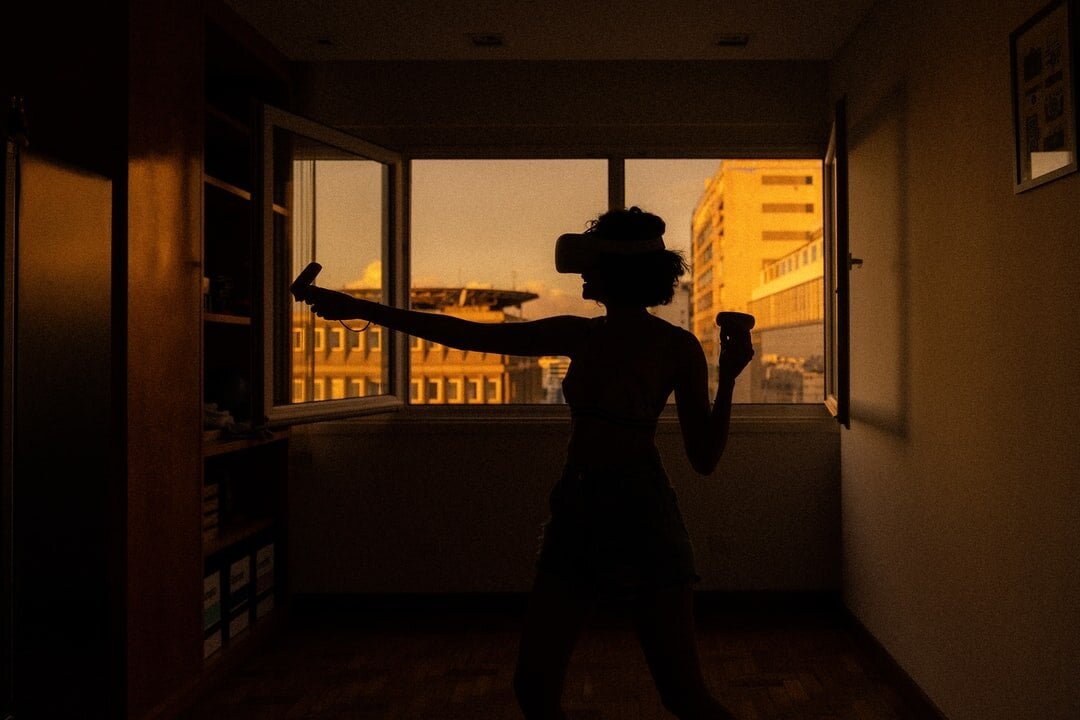Virtual Reality (VR) and Augmented Reality (AR) advances are vital to the AEC community. The 3D nature of the built environment is well suited to visualization. VR creates virtual environments entirely generated by a computer. This contrasts with AR which overlays information and computer-generated imagery onto a real environment. VR employs head-mounted displays, glasses, and multi-display devices.
Virtual Reality (VR) has been around for decades in various forms. Virtual Reality Society outlines the history of VR and where it began. VR began in the 1950s, with the first head mounted device appearing in the 1960s. The first interactive map was developed at Massachusetts Institute of Technology (MIT) in the 1970s. By the 1980s, NASA had begun using VR on projects.
Virtual reality enables designers to present their designs with a new experience and elevates the review process by taking clients beyond being able to see what a project will look like, to experiencing what the finished project will feel like. As discussed by Redshift by Autodesk® in the spring of 2021, the affordability of VR has improved, but generally costs remain high. Architectural visualization via VR is adopted at its highest rate in Europe at 40% of firms, and the United States at 21% of firms.
Virtual reality can be rendered with different levels of detail. VR hardware is increasingly being integrated with BIM software. Some design firms are translating BIM data into VR. This is a recent advancement, and should help to overcome some of the limitations that have held back adoption of VR technology by design and construction firms.
Delgado et al., (2020) presented research in Advanced Engineering Informatics. Technical limitations, lack of awareness, usability issues, rejection of a virtual substitute, and the time required to implement the technology have held back the adoption of VR by the architecture, engineering, and construction sectors. VR can be used to improve stakeholder engagement, design support and review, construction planning and monitoring, construction safety, operations, and training.
VR improves stakeholder engagement by giving design teams the ability to present a realistic representation of a design. This provides the opportunity for examination at real-scale in an immersive environment. Design support and review is improved with VR because VR-enabled modelling software is more intuitive and easier to learn than traditional 3D modelling software. Design intent can be easily communicated. Designers are enabled to present different designs and experience these designs in realistic scenarios, as well as analyze visual and audio comfort that can be achieved by changes in design. Construction planning can be aided by VR. Simulation of construction operations before they begin can help identify potential problems. Construction monitoring can be done remotely, which can be particularly useful for dangerous job sites. Construction safety training and construction efficiency can be improved with VR. Operations can be done remotely in an immersive environment with VR, while also improving collaboration.
Limitations in currently available AR and VR technologies have restricted their adoption by the construction industry. Many uses require long sessions to effectively review and monitor construction and design. The current head-mounted displays are not comfortable enough to be used for long periods of time. Before adoption is widespread improvements need to be made including user comfort, indoor localization systems, accurate and dynamic 3D mapping, accuracy indications, the capacity to create larger models, battery life for on-site usage, data management, archiving of content, data visualization, multi-user capabilities, object and gesture recognition, real-time model modification, and integration with other build environment systems.
Much of the focus of VR technology has been for gaming systems. This results in a focus on ideal end-user experiences, rather than developing applications for building-project design and construction. At times the progress in VR technology applications for architecture, engineering and construction has seemed slow. This is changing as VR platforms such as IrisVR embrace the potential of VR for the AEC community.
There has been increasing interest in replacing physical activities with virtual replacements. The coronavirus pandemic required all of us to adapt to a new reality wherein physical proximity to others has been impossible. Punto de Inflexión was unable to be held in Barcelona due to the pandemic, so conference organizers turned to Space Popular to create their conference in a virtual space. Space Popular held the world’s first virtual reality architectural conference, Punto de Inflexión (Turning Point), in October of 2020. The conference had 9 virtual rooms custom designed for different purposes.
Virtual and augmented reality technologies will continue to improve. This swill reduce costs, improve user experience, and facilitate a more widespread adoption of VR. We are bound to see more applications of virtual reality in the future. As use becomes more widespread, building product manufacturers may see 3D models of their products in virtual and augmented reality. Building product manufacturers can be ready for this by having BIM and / or SketchUp 3D models created for their products.


